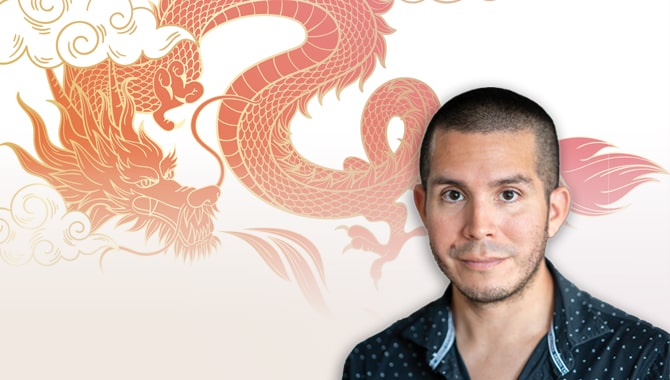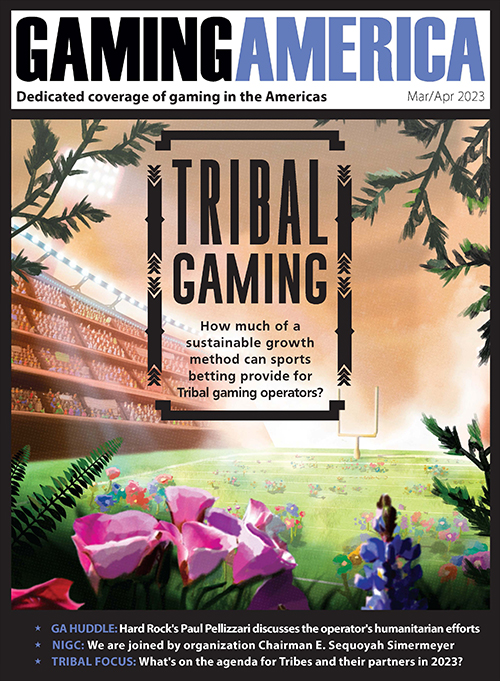
I recently entered the slot machine industry in a new region for me: the United States. Coming from a background in the Asian market, I found the transition to the US market (specifically Tribal gaming) to be a steep learning curve. I was aware that slots were a major focus in Tribal casinos, but the specific differences between the US and Asian markets were striking. Through my experiences and conversations with others in the industry, I discovered that many other people were also surprised by the unique elements of the American market. For operators and manufacturers looking to expand their offerings in different regions, it’s important to note the key differences between the slot markets of Asia and Tribal gaming in the United States.
Firstly, the thematics of a market can greatly impact its success. In Asia, games that incorporate elements of local cultures, such as Chinese symbology or Japanese aesthetics, tend to perform well. These elements of traditional luck and austerity resonate with the target market. However, American-themed games, such as ‘Wheel of Fortune,’ may struggle in Asia due to a lack of brand awareness and a preference for games that exude symbolic feelings of luck. In markets like the Philippines, where American brands and concepts are more familiar, Western-styled thematics still have a chance to succeed.
American-themed games, such as ‘Wheel of Fortune,’ may struggle in Asia due to a lack of brand awareness and a preference for games that exude symbolic feelings of luck.
Tribal casinos in the US have recognized the potential of the Asian consumer market in their local communities. These casinos have begun to focus on ways to attract Asian customers through the use of authentic Asian-themed games. The use of games that integrate legitimate Asian-styled thematic elements is key in attracting this market, as cheesy or stereotypical ‘Asian-looking’ games will not be well received.
It is important to note that the Asian market is attracted to games that authentically showcase luck and have a cultural connection. Tribal casinos that wish to target the Asian consumer market must understand that this market is not attracted to games that are stereotypical or culturally insensitive. They must also understand that a genuine and authentic representation of Asian culture in the games is essential for success. By offering games that are true to the Asian culture, Tribal casinos can create a more inclusive and welcoming environment for Asian customers.
Another significant difference between the American and Asian slot markets is the overall style of players. In America, the majority of players are marketed to in a way that promotes slot machines as fun, exciting and chances for big wins. These machines are designed to appeal to a wide range of players and create an atmosphere of excitement and anticipation.
By contrast, in Asia, where gambling is generally a more serious business, slot machines underperform compared to table games. There are several reasons for this. One is the fact that table and other more traditional casino games have roots in local Asian cultures. Pai Gow, baccarat and mahjong are all traditional games that have historical backgrounds throughout Asia, and are seen as more authentic and reflective of the local culture.
Secondly, these games are seen as having a higher chance of winning and offering some level of skill versus slot machines, which are generally seen as totally random. For many Asian players, gambling is not just about the thrill of the game, but also the opportunity to demonstrate their skill and expertise. The chance to outsmart their opponents and come out on top is an important part of the gambling experience.
Promotion and strategic marketing of slot machines also vary greatly among markets. One such strategy common in most Asian casinos is the use of slot tournaments, where players compete to earn the most credits and come out as a winner. These events are not only entertaining for the players but also serve as a great marketing tool for casinos. During my time in Asia, I regularly promoted slot tournaments as a way to market new games or drive slot players back to the casino. These events were usually held for new game titles or cabinets, and the casino would offer free entry to premium club members as an incentive to participate. This tactic proved to be very successful in attracting players and generating buzz around the new games.
Regulation is a major difference between the Tribal gaming market in the USA and the market in Asia. In the USA, regulations are primarily localized and vary from Tribe to Tribe and state to state. However, they generally follow similar patterns. In contrast, regulations in Asia can be strict, varying from country to country, and can change frequently. This can make it difficult for operators and manufacturers to ensure compliance with the various changes in a timely manner, especially when it comes to problem-gaming tactics such as adding time clocks to screens and requiring players to acknowledge their length of play.
These points acknowledge just a few of the many differences in the slots arena between Asia and the US Tribal gaming markets. Fully understanding and adapting to these changes is integral for any up-and-coming slot manufacturer to truly see success in both markets.

